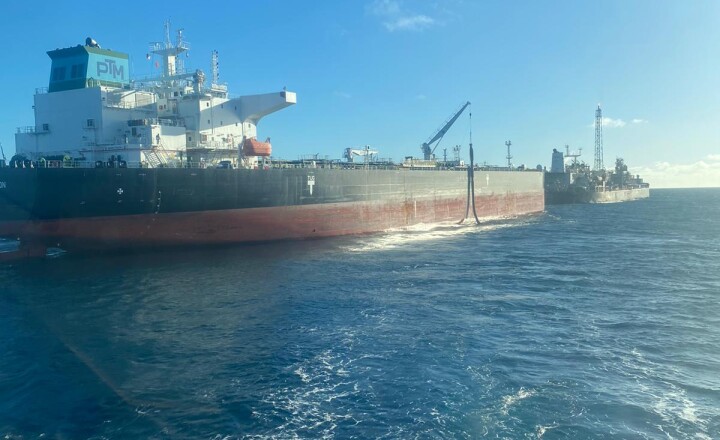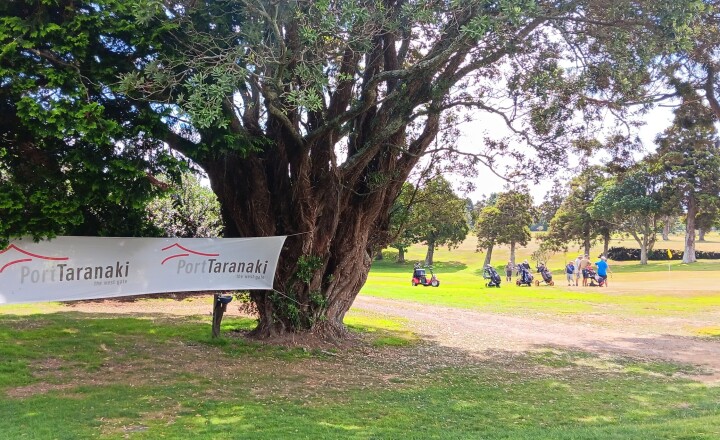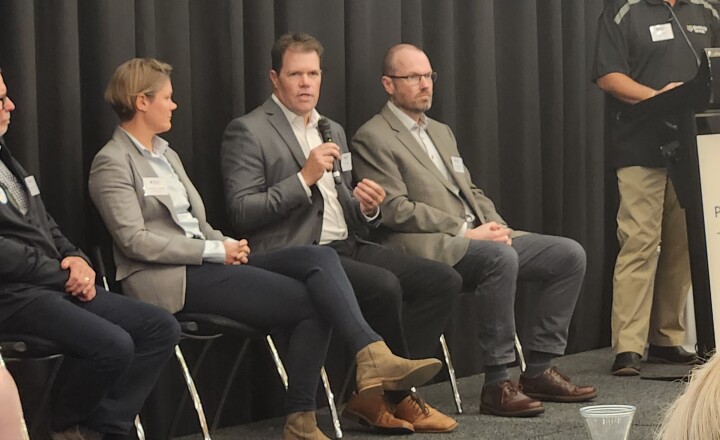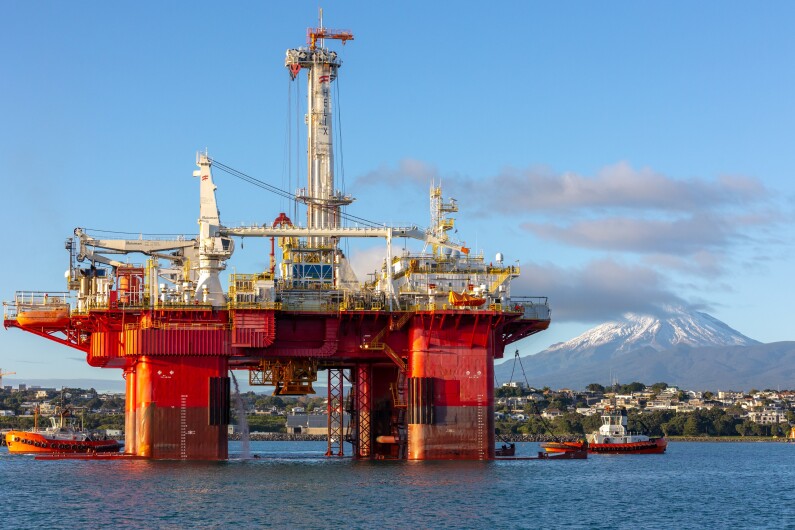
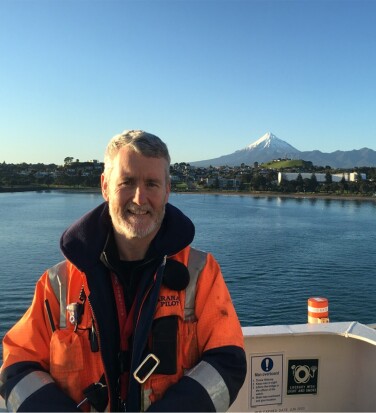
It was the first time he’d used a helicopter to get onboard a vessel and the first time he’d piloted a self-propelled well intervention vessel, but Port Taranaki marine pilot Captain Adam Eager took it all in his stride early today (16 May).
“I know I sound a bit boring, but it was another day at the office, really,” laughs Captain Eager of bringing Helix Energy Solutions’ large Q7000 unit to port just after 8am.
“All the planning that went into it before the vessel arrived made the job go really smoothly –we knew what to expect and how to tie her up, the weather played its part, and the captain and bridge team made my job easy too.”
The state-of-the-art Helix Q7000 is in Taranaki to carry out the third stage of the Tui oil field decommissioning – to plug and abandon the field wells – and has berthed at Port Taranaki for a crew exchange and to load supplies for the campaign.
For the first time in his 15-year career as a marine pilot, Captain Eager was transferred by helicopter to a vessel, as the 96m long, 64m wide decommissioning unit’s hull shape and the sea conditions didn’t enable a pilot to board by sea.
“That was new for me – I was flown in from the airport and landed on the helipad while the vessel was stationary off the New Plymouth coast, so it was an interesting experience.”
He then piloted the Helix Q7000 in to port.
“I’ve brought other offshore rigs in before, but that was the first time bringing a self-propelled unit to port, so in that sense it was unusual,” Captain Eager said.
“But she has plenty of power and handles very well, so it went very well and definitely wasn’t as challenging as some vessels.”
Once the Helix Q7000 is at the Tui oil field site, a team of more than 100, with over half being New Zealanders and Australians in operations roles working alongside the Helix crew and specialists, will carry out stage three of the decommissioning, which is expected to take about three months to complete.
